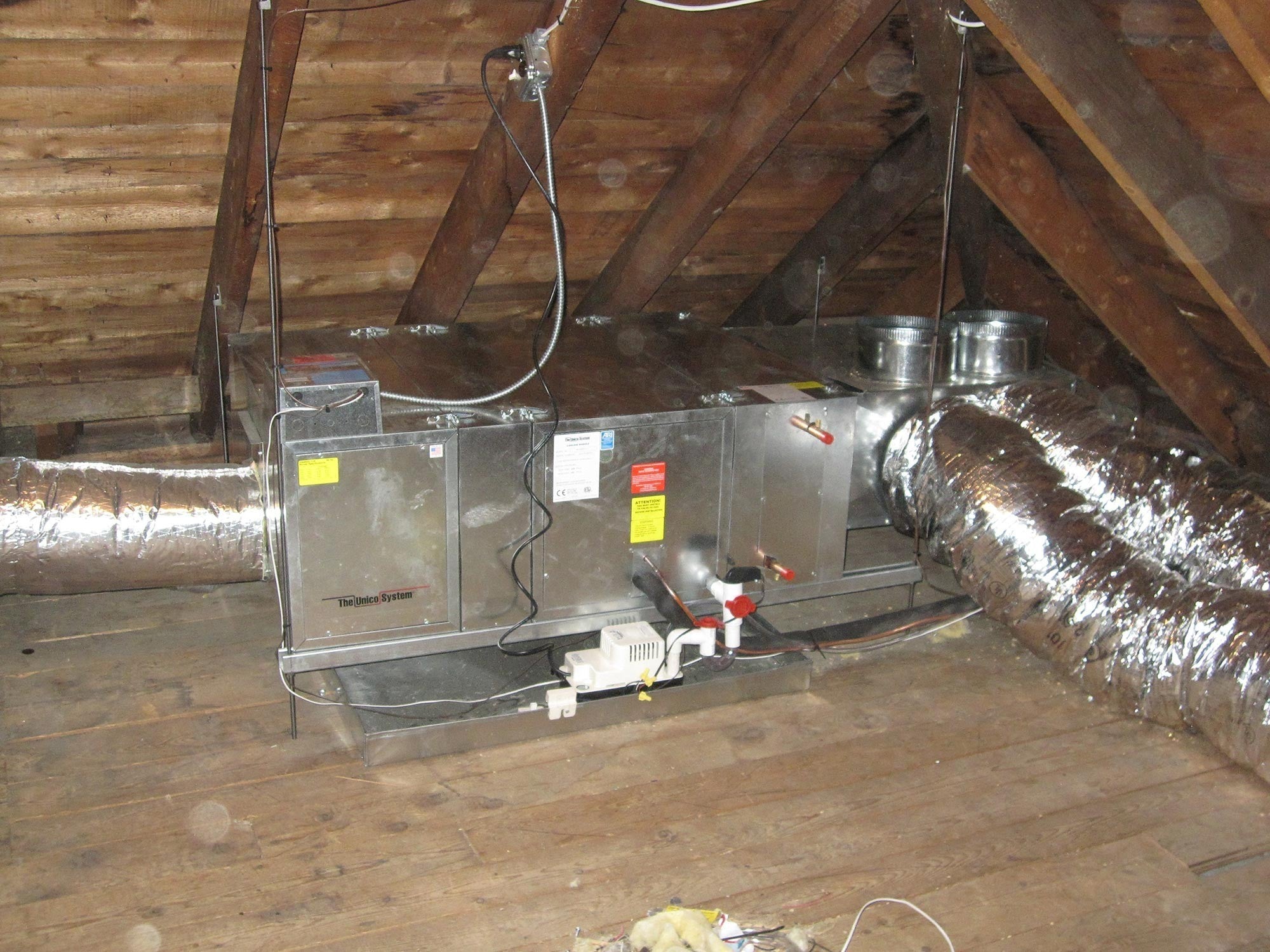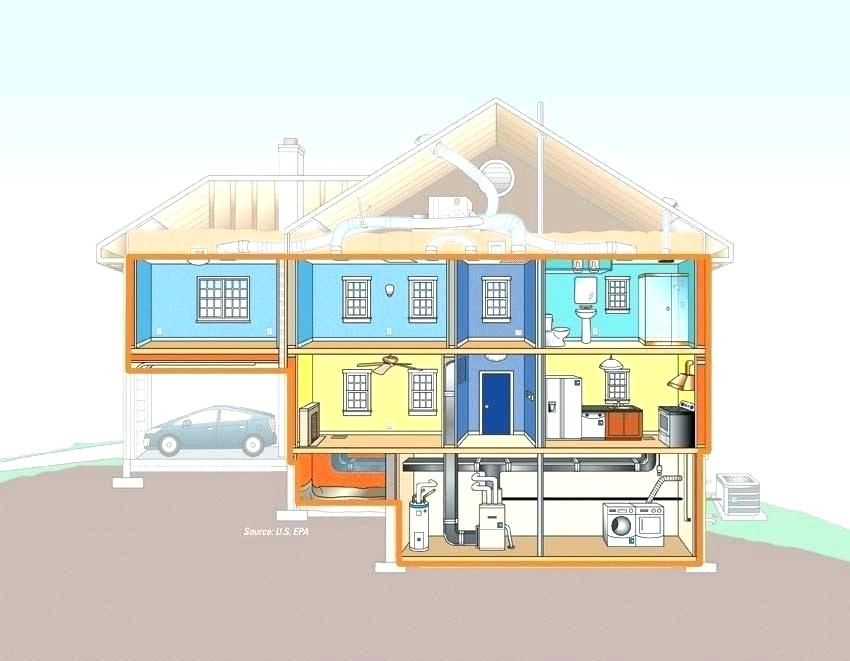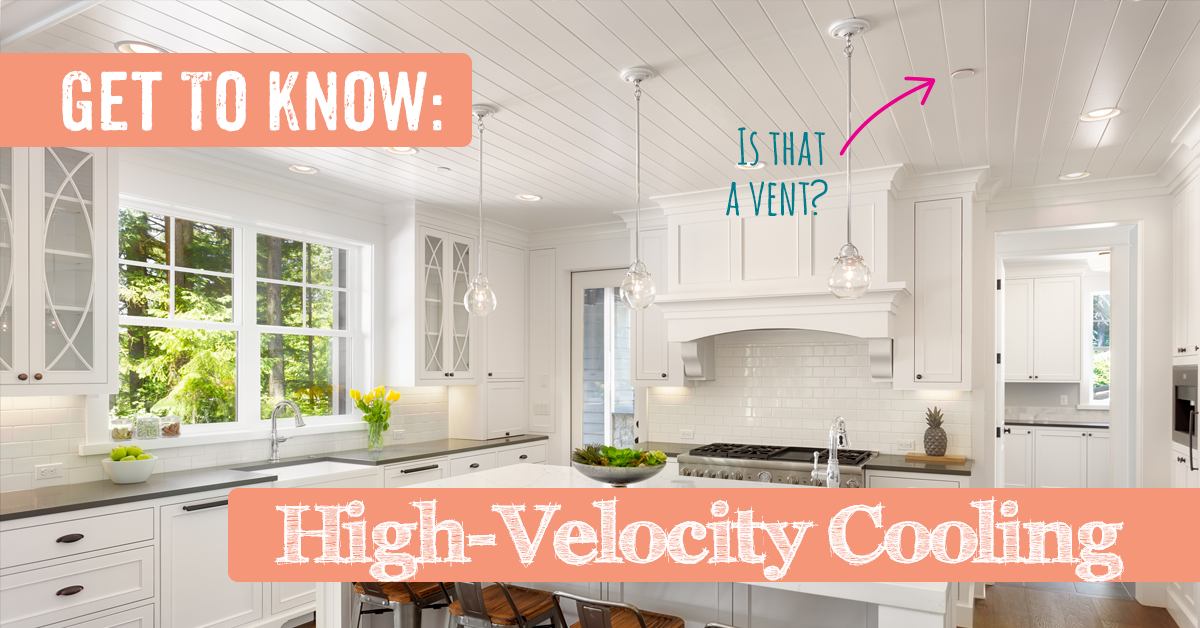
Plumbing HVAC - Different Ways to Heat
With fall just around the corner, your customers may be thinking about updating their heating system. For the contractor, it pays to offer them different options, some of which they may have been unaware of.
Over the years, many different forms of home heating have been used. These include oil and gas furnaces, wood stoves, furnaces and fireplaces, gas and oil boilers, heat pumps, and electric boilers, furnaces and baseboards. All of these are still in use today.
There are four basic pillars that can describe the various heating options for homeowners today:
- Forced air (oil and gas);
- Wood heating;
- Heat pumps; and
- Hydronics.
Each offers unique benefits and shortcomings for homeowners. What may be best for one home may not be best for another. Geography plays a key role in determining which option is best, said Nick Mackinnon, Reliance Home Comfort regional operations manager for Durham and Kawartha regions of Ontario.
Forced air heating
Since the 1950s forced air furnaces been the predominant heating technology in Canada. “If I went to around 20 relatives, at least 15 would be using forced air in their homes,” said Mackinnon. Locating the furnace in a central typically basement location and distributing the warmed air through ductwork has proven effective and efficient over the years. “Forced air will heat the air and make everything around you warmer,” he adds.
But it’s not just about heating. One of forced air’s biggest advantages is the ease in which indoor air quality, humidity control and air conditioning can be addressed in the same system.
“Across the country, there are different ranges of humidity that we are exposed to. Humidity and how you manage that goes along with comfort. Forced air systems manage that well. The air you breathe and its quality impact your home and lifestyle. It is easy to achieve this with a forced air system,” remarked Matthew Kramer, president of Horizon Heating Limited in Calgary. “Everything needed for a comfort system is found in a forced air heating system.”
Zoned air systems
Zoning, which many contractors think of primarily as a feature of hydronic heating, is increasingly being used with forced air systems as controls and two-stage or variable speed fan motors are introduced.
A zoned system allows for greater comfort by having multiple points of control and the means to deliver conditioned air to the zone that requires it, similar to the way lights can be turned on or off as required in each room. In a typical two storey home with basement, for example, homeowners no longer need to put up with having the top floor too hot, the main floor okay and the basement too cold. (Please see separate article on zoning in this issue.)
Zoning allows the homeowner to control the temperature and humidity separately on each floor, or in each room for that matter, with a separate heat/cool thermostat for each location. There are a few down sides to forced air systems. Many of these issues relate to system design. They can be noisy. Correct duct sizing is critical and sometimes difficult to achieve in a retrofit. Traditionally, forced air systems have used low velocity blower motors and sheet metal ducts. High velocity forced air systems are becoming common, where the smaller ducts can be concealed within the wall.
“We see with our clients they want to go to high velocity option because they want the combination of heating and air conditioning,” said Michael Nepom, president of McKinnon Heating Cooling, Toronto, Ont.
Forced air heating wasn’t always the go-to choice for installers as it is today. Hydronic heating with radiators was common in older homes in major cities and is still in use in many of them today. “Air conditioning wasn’t that big of a concern during those times too, which is why hydronics was more popular back then,” he added.
Hydronic heating
However, hydronic heating has been making a comeback in recent years. Efficient boilers, radiant floor systems, better design and better controls allow hydronics to achieve a high level of comfort and it has many advocates. Water transfers heat much more efficiently than air, so hydronic systems tend to be highly efficient.
Radiant floor heating, in which heated water from the boiler is pumped through tubes in the floor, has become the mainstream way to heat a home with hydronics. However, fan coil units that combine the benefits of forced air and hydronic heating are becoming increasingly popular. The fan coil is like a forced air furnace except that the heat source is a boiler, or in some cases a hot water heater certified for DHW and space heating. The hot water is pumped through a heating coil in the fan coil unit and then the heat is transferred to the air through ductwork. The advantage of doing hydronic heating this way is that an air conditioner and/or dehumidifier can be mounted to the fan coil in the same way as it would to a forced air furnace.
Radiant floor heating is typically more popular in urban settings, added Mackinnon. The drawback to radiant floor heating is that a separate air conditioning system is required, although the proliferation of mini-split systems makes this a lot easier and less expensive than it was in the past. The contractor who can quote the heating and air conditioning systems as a package has an advantage.
Heat Pumps
Unlike the other systems mentioned, heat pumps don’t necessarily require the complex duct systems or radiant floor tubing to heat a house. In fact, all that’s needed is electricity to install a heat pump for heating and cooling – a big attraction in the rural areas.
“When you are in a more rural area, and do not have access to gas or propane, then obviously a heat pump is the best option. The heat pump is essentially an air conditioner that doubles as a heating unit. What it does is reverses the refrigerant and provides heat inside the house (in the winter),” said Mackinnon. There are several different types of heat pumps – air to air, water to air and ground source (geothermal), for example.
In recent years variable refrigerant flow (VRF) systems have come on the market. The technology was invented by Daikin in 1982 (Wikipedia) and operates at varying loads depending on need, resulting in substantially increased energy efficiency.
An air-to-air heat pump transfers heat from the outside air into the home. There are now units that can heat a home even when the outside temperature is -30C. In the summer, it reverses the process, rejecting heat from inside to the outdoors, thus providing air conditioning.
Many homes had electric baseboard heating when hydro was cheaper. That’s changing with today’s high electricity rates that make the operating cost almost triple that of other systems in many regions. That has made heat pumps a popular option providing a more comfortable heat and air conditioning.
Wood heating
The oldest form of heating, with wood, is still around and still widely used in rural areas. Many rural home owners may have a propane or oil system, but heat with wood as much as possible if they have a cheap local source or their own bush lot.
Today wood heating includes wood stoves, fireplaces, pellet heating, wood furnaces and combination furnaces that use wood and oil or wood and propane.
Pellet heating is widely used in Europe – often with pellets from Canada. The compressed wood pellets burn longer. At one time fuel delivery companies were looking at delivering pellets to people’s homes, but that doesn’t appear to have caught on in Canada.
What is best for one home doesn’t necessarily constitute what is best for another. “I wouldn’t say that one system was better than the other. It’s more the application that you are in. Some are more suited for saving, others ease of install, and some are unfortunately not applicable,” said Mackinnon.
In the end, homeowners should start by figuring out their comfort level and go from there when choosing a system, says Kramer. “Comfort is a wide range of things, it’s not just temperature. How noisy is the system? For instance, if the system is howling, windy and noisy, it may alter your perception of comfort. You may be comfortable in terms of temperature or feeling. But if it’s loud and noisy it’s going to affect how you think of it.” By L.D.Hartogh
Source: http://plumbingandhvac.ca/different-ways-to-heat/


